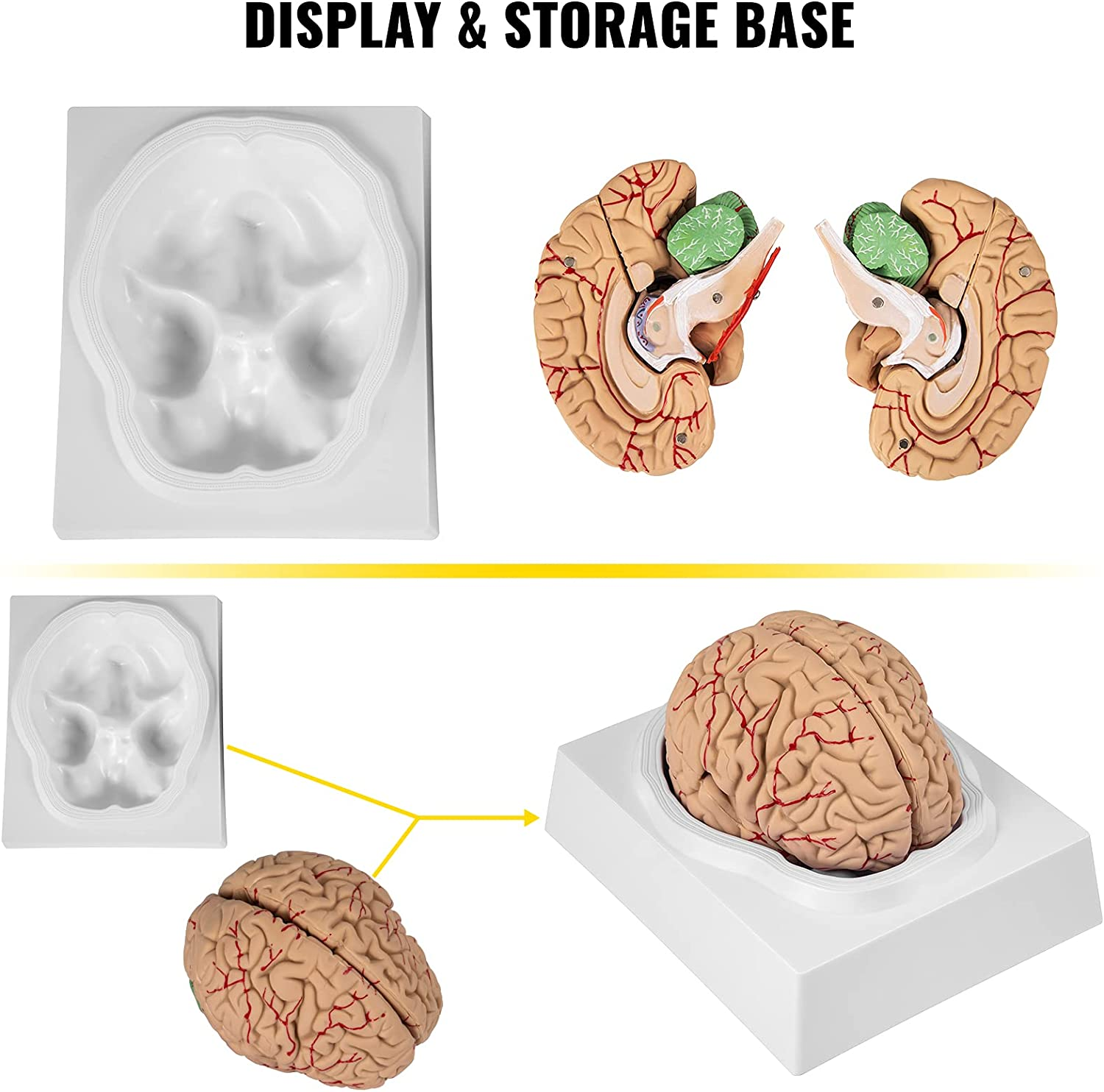Consistency test between model and actual system:
Visual inspection: The accuracy of the model is initially assessed by visually checking the similarity of the model to the actual system.
Parameter meaning and value: Verify whether the meaning of each parameter in the model is consistent with the actual system, and whether the parameter value is reasonable.
Model behavior reproducibility: Tests whether the model can reproduce the behavior characteristics of the actual system, such as trends, cycles, etc.
Statistical method test: Statistical methods are used to compare the prediction results of the model with the actual data to evaluate the prediction accuracy and reliability of the model.
Domain-specific test methods:
In biology, medicine and other fields, it may also be necessary to conduct specific tests such as biocompatibility tests and toxicity tests.
In engineering, mechanical properties testing, durability testing, etc., may be required.
It should be noted that the above test methods need to be comprehensively applied to ensure the correctness and credibility of the specimen model. At the same time, due to the differences in different fields and application scenarios, the specific testing methods may be different. Therefore, in actual operation, the appropriate test method should be selected according to the specific situation.
Related Tags: Specimen models, biopsies, biological specimens,
The testing methods of specimen models vary depending on the field of application and specific needs. In general, the examination of specimen models can be roughly divided into the following categories:
Model structure suitability test:
Dimensional consistency: Ensure that the dimensions of each variable in the model match each other to ensure the correctness of the calculation.
Equation test under harsh conditions: Test the stability of the model under harsh conditions to avoid unreasonable predictions or results of the model under special circumstances.
Model boundary test: Check the scope and constraints of the model to ensure that the model is used in the appropriate context.
Model behavior fitness test:
Parameter sensitivity: The degree of influence of model parameter changes on the output results is analyzed to evaluate the stability and reliability of the model.
Structural sensitivity: Test the influence of model structure changes on the output results to understand the rationality and adjustability of the model structure.
Post time: Aug-02-2024


